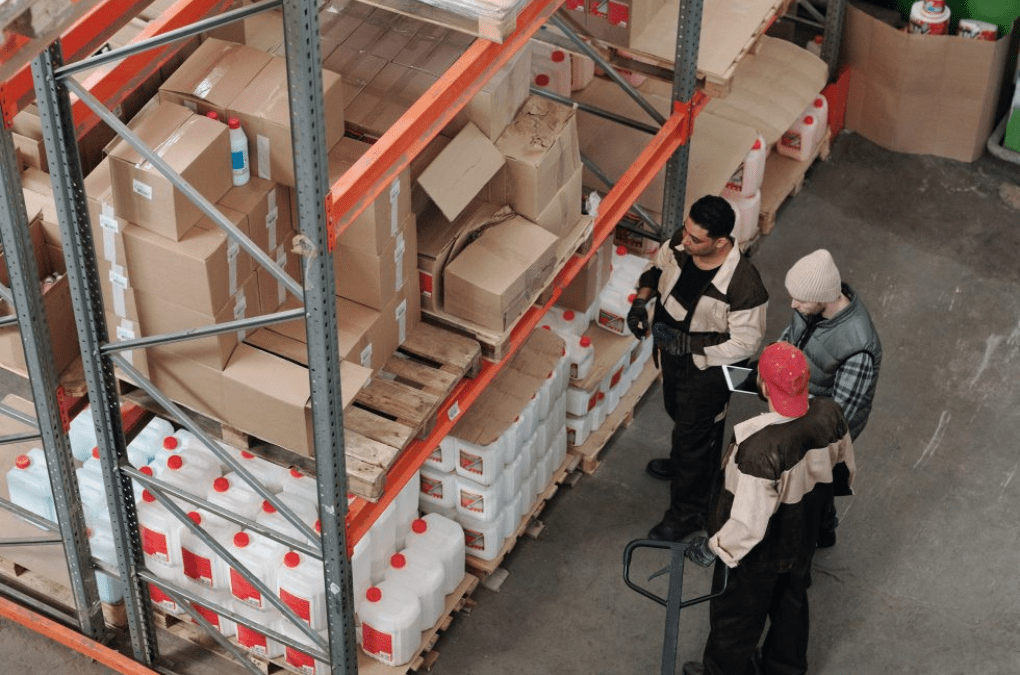Whether you choose a Sea or Air Freight service, packing your Goods correctly for shipping is critical. Most shipping companies, including Air and Sea Freight companies, will expect you to package your products for international shipping. So whether you use an International Freight Forwarding service or handle the goods yourself, we have put together a guide on how to prepare them for shipment.
Freight Shipping – Getting It Right
For shipping Goods in bulk, pallets are hard to beat. They allow your Goods to be stored easily, providing structure and support, and they’re ready to handle the pressure of your chosen shipping method.
Depending on your Goods, you can opt for packaging materials, including reinforced and corrugated cardboard boxes and gunny bags. Remember that square and rectangular shapes are easier to pack and handle. In addition, shrink wrapping your packaged Goods will keep them grouped together and protect them against environmental and seasonal damage.
It is always important to remember that any highly sensitive products should be labelled FRAGILE to alert the shipping companies involved in transportation.
Pack By Weight
Another consideration is to choose the proper packaging for the weight of your Goods. Basically, the heavier the items you’re shipping, the more substantial the packaging you need. So ensure that boxes and pallets are up to the job and rated for your weight requirements.
Prepare For Your Chosen Shipping Mode
Choosing the correct shipping mode is one consideration. But once you’ve decided whether to use a Road, Sea or Air Freight service, you must ensure that your packaging can withstand the pressures of shipping and handling.
For example, when using Sea Freight, your packaged Goods will need to withstand the sometimes violent movements of the ship, which can exert tremendous force on your packaging. If you’re using Road Freight, your Goods can be subject to shock and vibration, which can cause damage.
Choose packaging that can sustain shock and pressure and prevent damage, so your Goods arrive in the best possible shape. Reinforced rigid cardboard, cushioning material, load protector trays and shrink wrapping are all intelligent choices.
Don’t Ignore Internal Packaging
Leaving empty spaces inside your boxes is a big no-no. Adding fillers will protect your Goods from damage, whether your boxes contain a single item or several different packages. Packing peanuts, air cushions and foam are all popular choices.
Or try box-in-box packaging, where each box is packed inside a larger one. The cavity is then topped up with an appropriate filler. There should be no contact between your Goods and the outer box, so consider moulded styrofoam if avoiding damage is paramount.
Are Looks Important?
If the aesthetics of your packaging are essential, you might prioritise looks over practicality. But your customers won’t thank you if their anticipated delivery doesn’t arrive in one piece.
The objective of packaging your Goods is for them to reach their destination in pristine condition. Keeping items secure and protected en-route can reduce the risk of damage and Goods lost in transit. However, if looks are important, you could use your standard branded packaging and our Export Packaging Service for security.
Seal It Up
It’s evident that your boxes need sealing once they’re packed. But a simple strip of tape isn’t up to the job, and you could lose Goods in transit. Use at least three strips of robust packing tape across all seams and flaps on the top and bottom of your packaging. Obviously, the heavier your Goods, the stronger the packing tape required.
If you need more help preparing your Goods for shipping, we can help. At KMB Shipping Group, we offer a complete end-to-end International Freight Forwarding service, so get in touch today.

